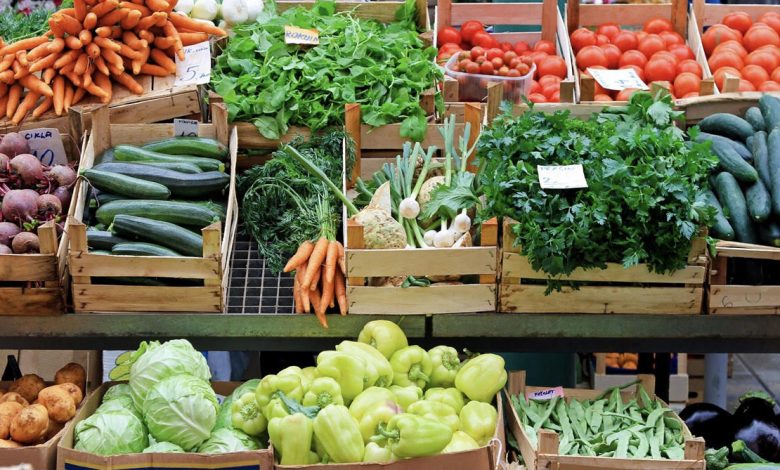Impact of Horticulture on Zimbabwe’s Agriculture

Over the years, Zimbabwe’s farming sector has experienced notable change. The impact of horticulture on Zimbabwe’s agriculture has been at the heart of this transformation. Firstly, the sector now embraces modern techniques that were less common a decade ago.
Furthermore, improved infrastructure accessibility and government support have accelerated growth. Although traditional farming still plays a role, the rising prominence of horticulture has redefined local consumption as well as export opportunities.
Zimbabwe Horticulture Influence on Market Dynamics
In recent years, the impact of horticulture on Zimbabwe’s agriculture has enhanced the diversity and quality of produce available for both domestic and export markets. Moreover, small-scale and commercial growers alike benefit from innovations that increase yield and reduce waste.
Additionally, farmers use advanced irrigation and greenhouse methods; consequently, the improved quality of fruits and vegetables has attracted lucrative international buyers. Indeed, reputable sources such as the HDC report on horticulture highlight that these advancements positively affect the economic landscape.
Horticultural Transformation in Zimbabwe Agriculture: Products and Major Players
Undoubtedly, the impact of horticulture on Zimbabwe’s agriculture is evident. This is seen when comparing product types and major players from ten years ago to today. Nowadays, local markets favour a variety of produce such as tomatoes, watermelons citrus fruits and indigenous greens. Also, export markets increasingly demand high-quality floral and vegetable offerings.
In addition, major players have expanded operations via cooperatives and private investments, which, in turn, drive technology transfer and innovation. Subsequently, these improvements are reflected in more stable pricing and better market access. Notably, the transformation is underpinned by both policy reforms and private sector investments.
Zimbabwe Horticultural Revolution: Local Versus Export Trends
Concurrently, the impact of horticulture on Zimbabwe’s agriculture has spurred a horticultural revolution that benefits both communities and commercial interests. In local areas, improved access to fresh produce has enhanced food security; meanwhile, for exports, quality standards continue to climb.
Furthermore, the introduction of new crop varieties has encouraged diversification and resilience against climate variability. Likewise, government intervention and international partnerships have bolstered confidence among farmers. Therefore, the impact of horticulture on Zimbabwe’s agriculture is a driving force behind the sector’s robust performance.
Overall, the evolution witnessed today is truly remarkable. Besides traditional practices, Zimbabwe’s farming now benefits from an infusion of modern horticultural techniques. This uplift production and provide new market opportunities.
Additionally, as the sector grows, stakeholders are seizing emerging trends by adopting sustainable practices. They are also innovating continuously and collaborating with international experts, especially for export.
Conclusion
Ultimately, the impact of horticulture on Zimbabwe’s agriculture has proven to be transformative. Furthermore, it ensures that both local consumption and export portfolios are more competitive than ever.
In summary, through enhanced technology, improved methods and strategic investments, the impact of horticulture on agriculture emerges as a catalyst for growth. Hence, as local farmers and exporters overcome previous challenges, they set new benchmarks for quality and market agility.
Consequently, the sector continues to evolve rapidly, assuring a prosperous future for Zimbabwean agriculture.





